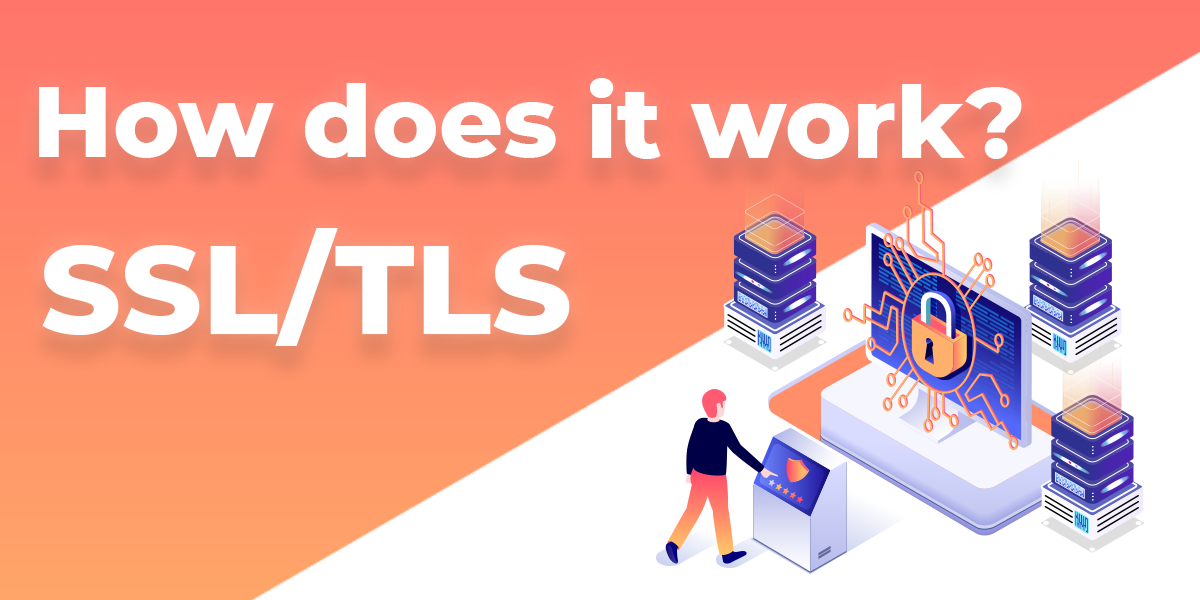In today’s digital landscape, the integrity and security of web communications have assumed paramount importance. This is particularly evident in the ubiquitous presence of SSL (Secure Sockets Layer) and TLS (Transport Layer Security) protocols. These cryptographic protocols establish a secure channel between web servers and clients, safeguarding the transmission of sensitive information. A common observation among users is the unmistakable “HTTPS” prefix that adorns secure URLs, yet the deeper significance of this configuration merits exploration.
To serve a web page with SSL/TLS, a comprehensive understanding of these protocols and their implementation in the web architecture is crucial. The fundamental necessity begins with acquiring an SSL/TLS certificate. This digital certificate serves as an electronic passport, verifying the legitimacy of the website and facilitating encrypted communications between the server and the client. Various certification authorities (CAs) provide these certificates, each coming with distinct types and validation levels, such as Domain Validation (DV), Organization Validation (OV), and Extended Validation (EV).
The process of obtaining an SSL/TLS certificate typically involves several steps. Initially, one must generate a Certificate Signing Request (CSR) on the web server, encompassing essential information such as the organization’s name, the domain name, and the server’s public key. This request is then submitted to the CA, who validates the information. Once approved, the CA issues the certificate, often accompanied by a private key. The importance of safeguarding the private key cannot be overstated, as it is fundamental to the encryption process.
Upon acquiring the certificate, it must then be installed on the web server. Configuration varies across server types, such as Apache, Nginx, or Microsoft IIS, but generally involves incorporating the certificate and private key files into the server’s configuration files. Ensuring the proper configuration of SSL/TLS settings is crucial for optimizing security. A misconfigured server could leave vulnerabilities that cybercriminals might exploit. Moreover, enforcing best practices, which include disabling outdated protocols like SSL 2.0 and SSL 3.0, is essential for fortifying the security posture of the web application.
Once implemented, the importance of SSL/TLS manifests itself in multifaceted ways. Primarily, it encrypts data transmitted between users and servers, rendering it nearly impervious to interception. This encryption is critical for protecting sensitive user information, such as credit card numbers, personal identification, and login credentials from man-in-the-middle attacks.
Moreover, SSL/TLS promotes trust and credibility. Users are increasingly vigilant about their online safety; therefore, browsers prominently display warnings for sites lacking SSL/TLS certificates. Consequently, organizations that prioritize secure connections are viewed as more reputable. Not only does this lead to increased user confidence, but it can also enhance search engine rankings. Major search engines, like Google, award higher rankings to websites employing SSL/TLS, firmly embedding secure connections into the fabric of SEO strategy.
Despite its many advantages, the implementation of SSL/TLS is not without challenges. For instance, the performance overhead associated with encryption can deter some administrators. However, advancements in technology, particularly hardware and software optimizations, have significantly mitigated these concerns. It is also worth noting the rise of HTTP/2, which is designed to work over TLS, presenting improvements that enhance speed and efficiency.
Another pivotal aspect often overlooked is the long-term sustainability of SSL/TLS certificates. Certificates typically expire within a year, necessitating routine management and renewal. Failure to renew a certificate can result in website downtime and loss of user trust. To counteract such risks, many organizations adopt automated solutions that monitor certificate statuses and renew them proactively. This underscores the importance of an organized approach to SSL/TLS certificate management.
Furthermore, organizations must be cognizant of the landscape of cryptographic vulnerabilities. The threat of cyberattacks is a constant in today’s interconnected world. As technology evolves, so too do the techniques employed by malicious actors. It is imperative for organizations to keep abreast of new cryptographic standards and vulnerabilities, continually updating their systems to counteract emerging threats.
Additionally, enforcing a robust Content Security Policy (CSP) in conjunction with SSL/TLS configurations can bolster web security further. A CSP serves as an added layer of defense, mitigating risks associated with cross-site scripting (XSS) attacks and data injection threats. By specifying which content sources are trusted, organizations can significantly reduce the attack surface and reinforce the integrity of their web applications.
In conclusion, the implementation of SSL/TLS when serving web pages is a multifaceted endeavor encompassing a variety of considerations, from obtaining certificates to maintaining security and performance. The implications of using these protocols extend beyond mere compliance; they encompass trust-building, user safety, and credibility in the digital marketplace. As cyber threats continue to proliferate, the relevance of SSL/TLS only intensifies, making it a fundamental practice for any organization seeking to thrive in the digital realm. Thus, it is incumbent upon website administrators to adopt comprehensive SSL/TLS strategies, safeguarding both their interests and the interests of their users.








Leave a Comment